The main streets and Plazas in Mendoza, specially San Martin Avenue have had their structural line perfected. It is composed of refreshing groves (kept alive by our traditional irrigation ditches or acequias), wide sidewalks, and large commercial galleries, resembling a shopping walk.
THE SQUARES
There are many green spaces in Mendoza. Over 74 plazas show how important the interpersonal communication, the clean air, and the beautifl landscape which cares for the flora and the sculptures are for the Mendocinian.
INDEPENDENCIA SQUARE. The Independence Plaza is the largest and it covers an area of four city blocks, displaying thousands of stories in bronce and water fountains. It comprises four blocks where green spaces, monuments and fountains can be found.
History of Independencia Square: during its first years, the Square they called park, was delimited by balusters and had an artificial lake in the centre, which was its main attraction. For the kids there was a carousel pulled by a horse. The square was set up as a symbol of the meeting of a booming city. To avoid fatal accidents, the lake was replaced by an ornamental fountain in 1886. In 1927 it was removed, and the cornerstone of the new Presidential Palace was placed. After its first stage, the work was stopped because funding it was impossible, when the underground place was already built. In 1941, remodeling works started based on the project of the architect Daniel Ramos Correas, director of parks, streets and walkways. In 1945, the Museum of Natural Sciences was placed on the heart of the square. Today, it is located on San Martin Park. Later, in 1968 a small municipal theater opened on the north wing of the underground space of the square. The terrace of the theater was used several times as the scenario for the Grape Harvest Festival of the city of Mendoza. On May 5 1995, the Square was inaugurated again, after new remodeling works, base on the project of the architect Nilda González. It suited the use requirements without modifying the identity it acquired more than fifty years ago. Its only artistic monument is the fountain with the frieze making reference to independence. The provincial shield was a gift from the municipality of the City of Buenos Aires in 1937.
The Modern Art Museum, Julio Quintanilla Theatre and the Artisans Market, where craftsmen offer their craftsmanship during weekends, are located in this plaza.
It is surrounded by important traditional buildings such as the Mendoza Legislature, Colegio Nacional, Independencia Theatre and the Park Hyatt Hotel, including Regency Casino.
ESPAÑA SQUARE. It is one of the four equidistant squares to Independencia Square that is part of the 1863 New City design. It is surrounded by España, Montevideo, 9 de Julio and San Lorenzo streets. It had many names, such as Montevideo, Pellegrini, and lastly España.
It has a design made up of a central space with a fountain typical of Spanish courtyards, and as a background a monument representing the brotherhood between Argentina and Spain with commemorative friezes. This monument was the work of the sculptor Luis Bartolomé Somoza. It was located during the 1946 remodeling and it was donated to the province by the Spanish community.
Due to the obvious deterioration of the majolica tiles (which represent scenes of the foundation of the city) the square was completely renovated once again in 1993, respecting the original designs.
The majolica tiles and shinny floors, the central fountain, the monument, the iron lamps and the grove are worth appreciating.
ITALIA SQUARE. It is one of the four equidistant squares to Independencia Square. It is surrounded by Perú, Montevideo, 25 de Mayo and San Lorenzo Street.
The square has different works of art among which “La Loba Romana” stands out. It is an Etruscan sculpture used by the Romans in Italy as a symbol of the foundation of Rome, and its author was Luis Perlotti. It is accompanied by the main monument. Around the central terrace there are smaller monuments, statues, and friezes with Italian motifs.
The central fountain which decorates the square is covered by approximately one thousand four hundred majolica tiles reproduced by the ceramist Marta Moyano Graffigna, from Mendoza. The tiles are inspired on the floor of San Petronio Cathedral, in Bologna, Italy.
It is named in honour to the Italian community, who really connected to the social and economic activity of the province and the country. On this square takes place the so called “Festa in Piazza” (Party on the Square) a few days before the Grape Harvest Festival. It is organized by the Italian Federation, and it invites you to taste some typical dishes and appreciate some interesting shows.
CARLOS PELLEGRINI SMALL SQUARE. It is located in the crossing of Alem St. and Primitivo De la Reta St. Remodeled in 1991, it is a gem in the mendocinian urban aesthetic: from the Central Fountain, covered in white ivory of Carrara, to the pergola and streetlamps made out of forged iron just like at the beginning of the XXI century. Every Saturday from 10 AM to 4 PM you can find here an Antiques Fair.
THE SAN MARTIN PLAZA. It is another of the four equidistant squares to Independencia Square. It is in the core of the financial activity. Around it are the most important banks, and thousands of business men cross the plaza each day. Across from the plaza is the San Francisco Basilica, a religious and architectural treasure.
The equestrian statue of the General is a replica of the work of José Daumas, which stands on a square with the same name in the City of Buenos Aires. There is also a plaque indicating the height of the City of Mendoza above sea level: 747 metres.
PLAZA CHILE. It serves a platform for a colossal sculpture (carved in only one 22- tons block), depicting the meeting of Generals San Martin and O’ Higgins. It symbolizes the strong bonds between the Argentinean and Chilean peoples.
BUILDINGS AND MONUMENTS
Walking around the city of Mendoza is a step by step pleasure due to the comfort of the wide and tree lined sidewalks, the pleasant shadow of the never ending groves and the urban landscape; away from soffocation and tumults. Our city is the example of a perfectly combined large metropolitan area and the right peacefulness to enjoy it. The “siesta” is a traditional nap which divides the day’s activites, encouraging a time for resting and contemplating.
And to enjoy it, there is nothing better than to walk a few blocks on San Martin Avenue, the main street, looking at the shops, and the interesting buildings such as the Pasaje San Martin – nouveau style – or the Gomez building, a miniature replica of the Empire State Building in New York.
Or just walk along the Sarmiento pedestrian way, where visitors rejoice while shopping or walking.
PEATONAL SARMIENTO is a four block street, surrounded by trees and pergolas which turn it into a very comfortable place for the summer, due to the shade they create. There are many shops and cafés. It is an important meeting point for tourists and people from Mendoza on Saturday mornings.
To understand the Mendocinian idiosyncrasy the tourist must walk along LAS HERAS AVENUE, where regional shops, kiosks, old street lamps, buildings with important architectural value, the Central Market and tourists from all over the world converge. The different aromas, tastes and shapes at the Central Market invite the tourist to buy any type of food he can imagine.
Las Heras Avenue has harmoniously aged with time, with places to remember and others where progress rapidly moves, in a living history of the city. An original contribution to the history of this Avenue is the Street Museum, located on the south sidewalk, between 25 de Mayo and Peru streets.
Nothing better than to window shop and enjoy a steaming cup of coffee at “kilometro 0”. Different shopping alternatives are offered in the gallerias around that area like: Caracol, Florida, Kolton, Mendoza, Bamac, Tonsa, Piazza (San Martin Avenue); Emperador (Buenos Aires street); Independencia (Lavalle street).
SARMIENTO AND EMILIO CIVIT STREETS. Sarmiento St. is an important gastronomical axis, mostly grill restaurants. Before this principal street changes its name to Emilio Civit, we will find the railway of the urban train of Mendoza which circulates at the old existent train way that used to belong to the General San Martín Railroad. The trail goes from Mendoza station to General Gutiérrez station in Maipú. Emilio Civit St. holds the biggest number of houses alleged Cultural Patrimony of the city. Many of them are from the beginning of the XX century. Also, from Belgrano St., started point of Emilio Civit St., you can observe the Gates of San Martin Park.
Another artery of particular relevance is the ARISTIDES VILLANUEVA AVENUE. Mendoza night life is there. Pubs, bars and resto-bars have taken over this traditional residential street to offer young people (and not so young ones) a great variety of opportunities to get together and have fun.
Here are some other keys to fully enjoy your tour of the downtown:
PASAJE SAN MARTIN. Pasaje San Martín, opened in 1926, was created by courageous Spanish wine-maker Miguel Escorihuela Gascón. Today, Pasaje San Martin offers visitors its splendid architecture and its impressive stained-glass windows. These are extremely valuable elements, as they were made in charcoal ovens in a small workshop in France, which does not longer exist.
EDIFICIO GOMEZ (GOMEZ BUILDING). This 1954 building is the miniature replica of the Empire State Building, and it has become a symbol of our town-planning profile. (Garibaldi and San Martin Av. southeast corner)
TEATRO INDEPENDENCIA (INDEPENDENCIA THEATRE). Since it was inaugurated in 1925, it became the official theatre par excellence. It was visited by countless personalities from the world of dance, music, theatre, and it witnessed important film exhibitions. Through a wide hall you access the theatre, which is divided in four levels and has a seating capacity of 780. Both the exterior and the interior maintain the luxurious details, and the majestic building of the old days.
EX BANCO HIPOTECARIO (FORMER MORTGAGING BANK). The building of the former Banco Hipotecario Nacional is now being used by the Tourism and Culture Department of Mendoza. Its beautiful Spanish-style façade or its columns with mythological stories carved into them, invite visitors to appreciate them more closely. (Gutierrez and Av. España, southwest corner).
A few blocks from the centre of Mendoza Parque Central is located. It is a magnificent 16 hectares green lung placed in the former lands of the Railway General San Martín. The grounds constitute a great reserve, free of buildings, placed in an urban area, surrounded by an important high-density residential area, close to the centre of the city. In the last years, it has become one of the most important green spaces and one of the favorites among the followers of an outdoor lifestyle, who enjoy it every day.
In the south-east area of Parque Central there are four warehouses which were used by the former Railway Charging Station.
NAVE CULTURAL. It was inaugurated as a product of the renovation and valorization of a former railway warehouse located at the intersection of the streets España and Juan Agustín Maza. This warehouse was identified as an optimum space to house multidisciplinary cultural activities which combine different proposals, due to its generous dimensions, its privileged location and its accessibility, as well as its historical and architectural value. On the other hand, the adjacent warehouse to this restored complex was given to Universidad Nacional de Cuyo (National University of Cuyo). On these grounds, the Cultural Complex of the University will be placed. Today it is under development. Booth buildings combine a very dynamic and far-reaching cultural proposal for the city.
Esta entrada también está disponible en: Spanish Portuguese (Brazil)




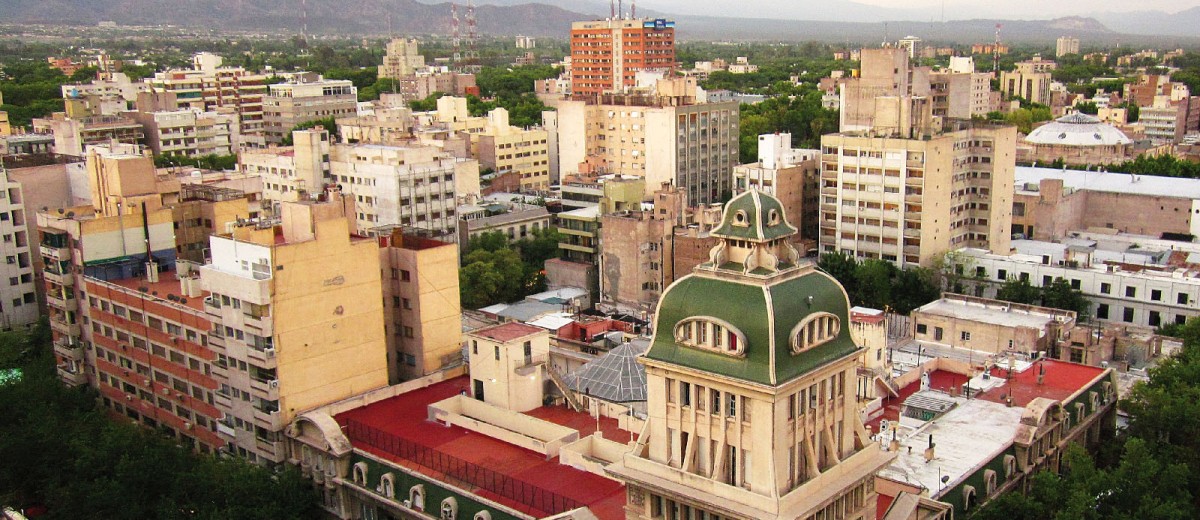

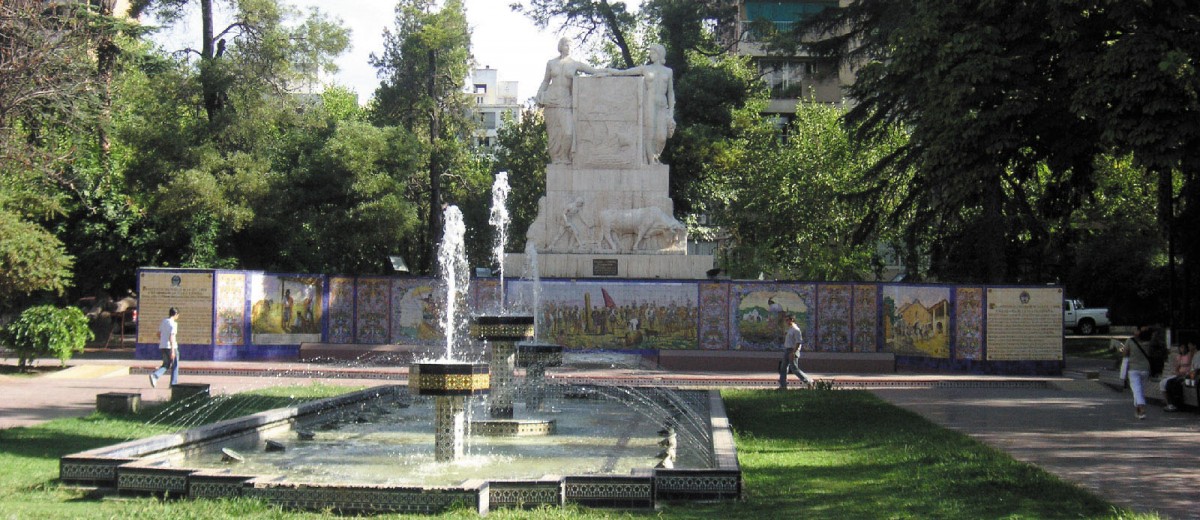

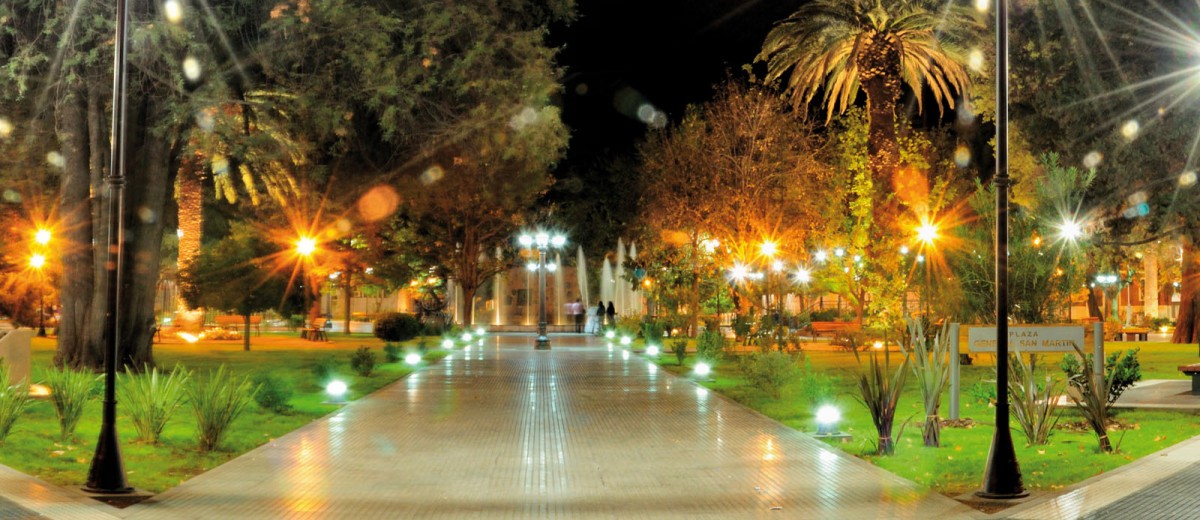


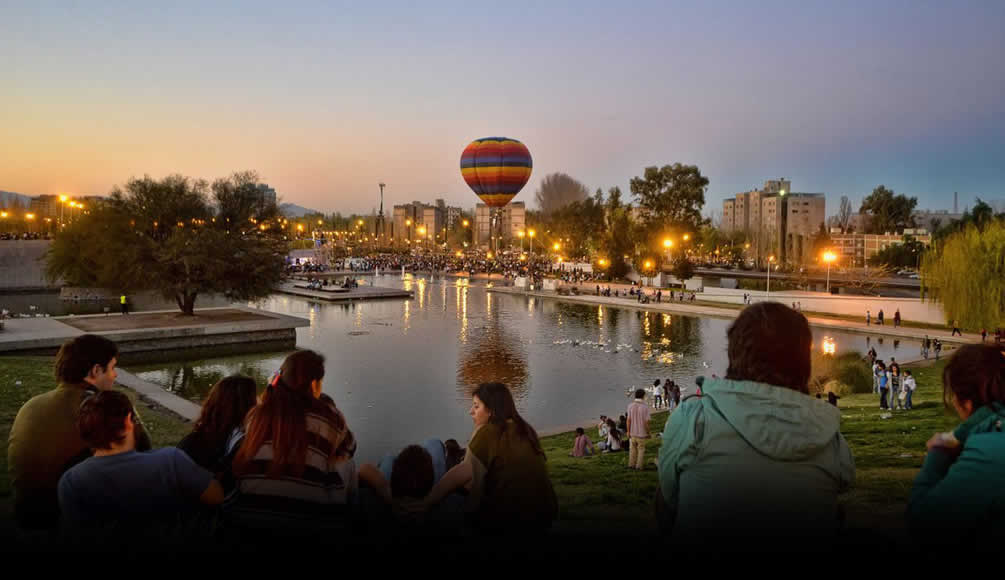
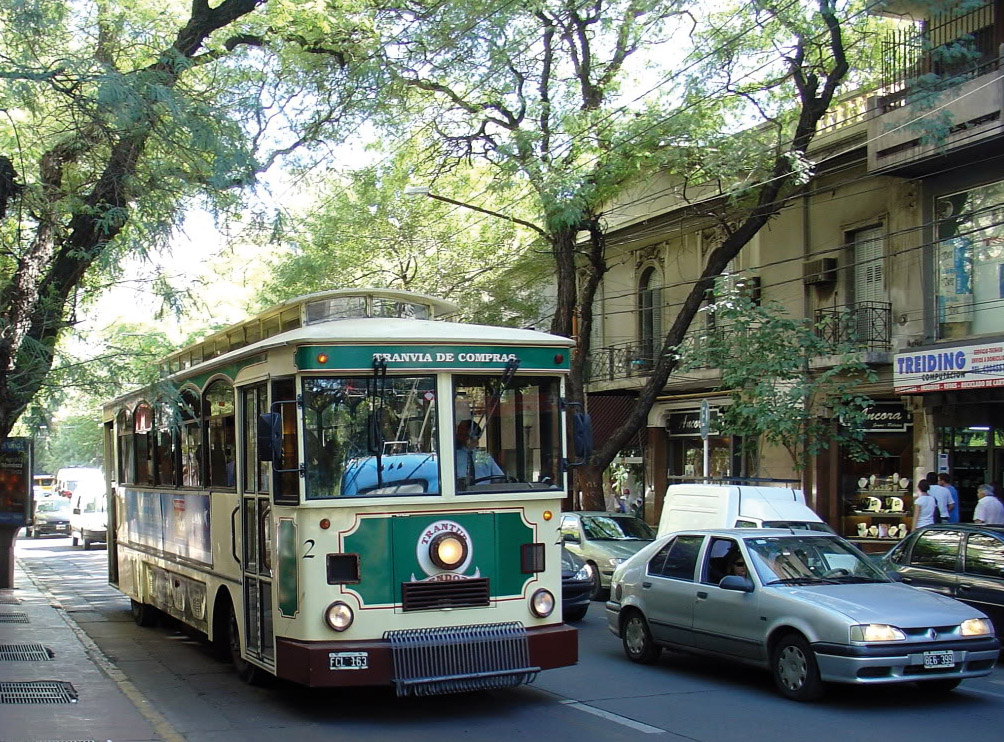





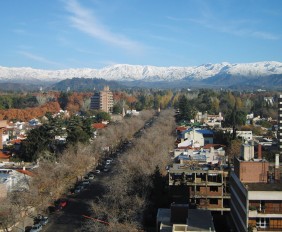


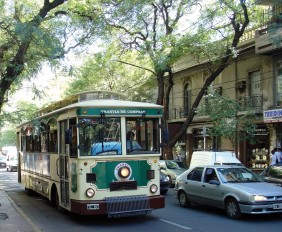
¿Qué te pareció la publicación?